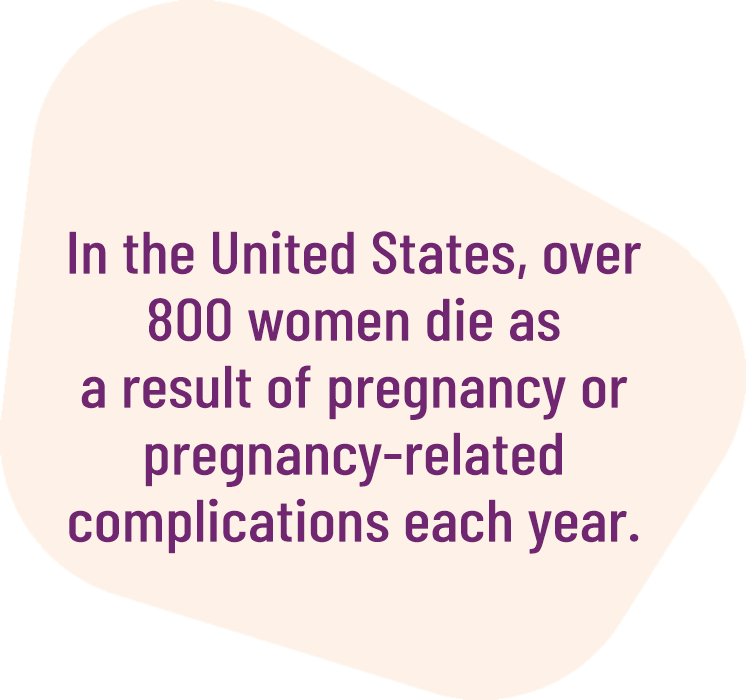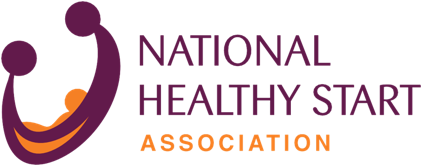According to the March of Dimes, 6.9 million women of childbearing age are living with no or limited access to care.
A Rising Trend
While rates of pregnancy-related deaths have been falling globally for the last 25 years, the rate has more than doubled in the United States. In addition to a rising number of deaths, Americans are experiencing an increase in severe health complications as a result of pregnancy and childbirth. A change in how we approach maternal health as a nation is urgently needed.
Definitions
A pregnancy-related death is defined as the death of a woman during pregnancy or within one year of the end of pregnancy from a pregnancy complication, a chain of events initiated by pregnancy, or the aggravation of an unrelated condition by the physiologic effects of pregnancy.
Severe maternal morbidity (SMM) includes unexpected outcomes of labor and delivery that result in significant short- or long-term consequences to a woman’s health, such as blood transfusions, hysterectomy, ventilation, or temporary tracheostomy.

Statistics
In the United States, over 800 women die as a result of pregnancy or pregnancy-related complications each year.
Between 1987 and 2021, deaths during pregnancy and up to a year after delivery more than doubled, rising from 7.2 per 100,000 live births to 32.9 per 100,000 live births.
A recent CDC study of maternal deaths across 36 states concluded that 84.2% of maternal deaths were preventable.
For the period of 2017 to 2019:
- 21.6% of deaths occurred during pregnancy
- 13.2% of deaths occurred on day of delivery
- 12.0% of deaths occurred 1-6 days postpartum
- 23.3% of deaths occurred 7-42 days postpartum
- 30.0% of deaths occurred 43-365 days postpartum

AIM CCI’s Approach
One of AIM CCI’s primary goals is continually addressing social and environmental factors that impact maternal health outcomes through our non-hospital focused safety bundles. We strive for a health care system where differences based on geography, traditions, historical contributions, or regional legacy identity hold no influence on maternal health outcomes.
Follow along with the progress of our pilot sites here and read the latest updates from our team here.
Sources
- Petersen, Emily E et al. “Vital Signs: Pregnancy-Related Deaths, United States, 2011-2015, and Strategies for Prevention, 13 States, 2013-2017.” MMWR. Morbidity and mortality weekly report vol. 68,18 423-429. 10 May. 2019, doi:10.15585/mmwr.mm6818e1
- Hoyert DL. Maternal mortality rates in the United States, 2020. NCHS Health E-Stats. 2022. DOI: https://dx.doi.org/10.15620/cdc:113967external icon.



